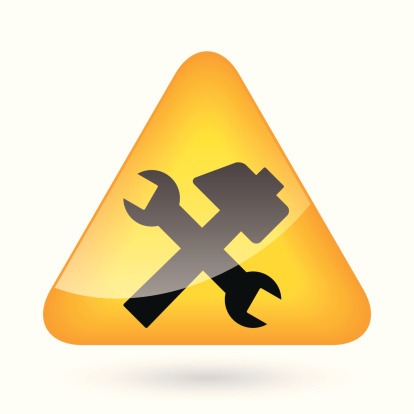 The environment for multinational organizations is hardly similar to what it was even five years ago. Having an effective global compliance program is as important as ever, and there’s no evidence to suggest that this won’t continue to be the case.
The environment for multinational organizations is hardly similar to what it was even five years ago. Having an effective global compliance program is as important as ever, and there’s no evidence to suggest that this won’t continue to be the case.
Greater awareness, heightened regulatory enforcement and rising compliance costs all contribute to the critical nature of owning a fortified corporate compliance program.
Yet, despite the severe repercussions of noncompliance, many organizations’ compliance processes are simply broken, leaving their stakeholders at great risk.
How do you go about assessing your own program, and how do you fix potential problems?
Is Your Global Compliance Program Broken?
Even the strongest compliance programs require a thorough evaluation on a periodic basis. The smartest, most proactive organizations continually analyze specific areas of their program and processes.
After all, the global compliance landscape is fluid, and your requirements are not static.
In order to assess your corporate compliance program, you must evaluate at least these three critical components:
Your Culture
A commitment to organizational compliance is impossible without a
culture
of
compliance
. Every member of your organization must be committed to effective compliance, and this starts with management. Many businesses leverage ethical culture surveys to determine how resonant an organization’s compliance initiatives are from the top down.
Knowledge And Training
A
compliance culture
can only be developed in an environment where education is prioritized. If compliance training is absent from your organization, you have some big changes to make. Although, it’s more likely that the training you do have is hardly enough. Ethics training is important, but does your team understand the implications of
noncompliance
and what actions put your organization at risk? Training can’t be viewed as a necessary evil. It is an essential element of fighting
compliance risk
,
and it’s vital to the
effectiveness
of your
compliance program
.
Risk Assessment
Evaluating your program starts with assessing your organizational risks. In fact, a significant component of your audit effort is reviewing your internal risk assessments – their effectiveness, their frequency and how you act on the results.
Repairing Your Compliance Program
Understanding your weaknesses is step one, but what is that knowledge worth if you don’t know what actions to take to strengthen your global compliance program?
With the aforementioned elements of
compliance programs
in mind, below are the areas you must focus on to truly build an
effective compliance program
:
Leadership And Organizational Structure
Given the role that culture plays in ensuring compliance, as well as the role that leadership plays in establishing such a culture, your leaders must be championing the importance of compliance. Communicating your compliance standards is just as important as developing those standards in the first place. Effective communication hinges on your compliance team and how much influence they have with leadership, including your Board of Directors.
Training And Communication
The best means of communicating your standards from the top down is through compliance training programs. They may be structured however you choose – in person, online or via a combination of both. All that matters is how effective they are at shaping actions within your organization.
Monitoring, Risk Assessment And Internal Audits
Both domestic and global businesses must assess the holes in their compliance programs in order to make necessary improvements and mitigate the risks inherent in modern business. The structure you implement to monitor potential risk and assess potential flaws must ensure that your program is always fit to protect your organization. Unsurprisingly, financial audits are a staple of such assessments.
Processes And Internal Controls
With so many different
compliance requirements
stemming
from a multitude of jurisdictions, it’s difficult to operate without experiencing a single issue. So, even beyond the systems you implement to prevent potential problems, you must also have processes in place to respond to issues quickly. Protocol has to be in place for at least the mostly likely problems that may arise. When considering the severity of your penalties and fines, many governments put an emphasis on how your organization responds to issues.
If your global compliance program has holes, it is vital to address them. The reality is that without taking steps to ensure proactive compliance management and processes, your organization is always going to be a step behind the standard.
Take action now to help your organization mitigate the risks of noncompliance and create a competitive advantage with a formidable, effective global compliance program.
Discover the 17 detailed elements of a risk-mitigating compliance program.

 The environment for multinational organizations is hardly similar to what it was even five years ago. Having an effective global compliance program is as important as ever, and there’s no evidence to suggest that this won’t continue to be the case.
The environment for multinational organizations is hardly similar to what it was even five years ago. Having an effective global compliance program is as important as ever, and there’s no evidence to suggest that this won’t continue to be the case. 